Plant Trees

Happy Earth Month! Be the Change: Plant trees
About
Stay up to date on major announcements, exciting collaborations, and more.Visit our Newsroom
We make it simple for anyone to plant trees, and together we can make an incredible impact. Learn more

Stay up to date on major announcements, exciting collaborations, and more.Visit our Newsroom

We make it simple for anyone to plant trees, and together we can make an incredible impact. Learn more
Get Involved
Become a business partner to improve your company’s sustainability initiatives and make an impact. Learn more
See how your support and leadership can help us fund reforestation efforts across the globe. Learn more

Become a business partner to improve your company’s sustainability initiatives and make an impact. Learn more

See how your support and leadership can help us fund reforestation efforts across the globe. Learn more
Learn
Read about stories from the field, interesting facts about trees and get your healthy dose of nature. Visit our blog
Comprised of lesson plans, learning modules, resources, and activities, our T.R.E.E.S. School Program is the perfect addition to your curriculum. Learn more

Read about stories from the field, interesting facts about trees and get your healthy dose of nature. Visit our blog

Comprised of lesson plans, learning modules, resources, and activities, our T.R.E.E.S. School Program is the perfect addition to your curriculum. Learn more
Shop
Our fan-favorite Reforestation T-Shirt. Wear it with pride to show your support of reforesting our planet, one tree at a time. Shop now
Give the gift that lasts a lifetime! Choose an image, write your personalized message and select a delivery date to gift a tree. Gift a tree

Our fan-favorite Reforestation T-Shirt. Wear it with pride to show your support of reforesting our planet, one tree at a time. Shop now

Give the gift that lasts a lifetime! Choose an image, write your personalized message and select a delivery date to gift a tree. Gift a tree
Get Involved
Plant Trees
Get news, updates, & event Info delivered right to your inbox:
18 Reasons Trees Are Good For Our Health
Just as trees provide benefits to entire ecosystems by stabilizing soils, providing rich habitat for wildlife, absorbing and filtering stormwater, cooling temperatures and more, they also provide a range of benefits to human health. From medicinal trees that human societies have relied on for thousands of years for life-saving medicine to urban trees that shade city dwellers from dangerously high temperatures, the advantages of living near trees cannot be overstated.
Looking back on historic records, it’s clear that early humans relied on trees for their very survival — and so you could say that they are woven into the very fabric of who we are. We find nourishment in their nutrient-rich fruits, shelter in their limbs, healing in their medicinal compounds, protection as they absorb harmful pollutants and wonder in their presence. In modern times, research has only substantiated what indigenous people have always known: trees hold the key to our survival, both globally for the health of the planet and on an individual level through the direct health benefits they provide.
18 Health Benefits That Trees Provide, Free Of Charge

1. All Trees Are Happiness Trees
Numerous studies have demonstrated that the presence of trees in urban settings can improve mental health by reducing stress — living in areas with more green space correlates with lower levels of the stress hormone cortisol. On top of that, trees and greener environments are strongly linked to reduced negative thoughts, reduced symptoms of depression, better reported moods, and increased life satisfaction. As you might imagine, doctors prescribe fewer anti-depressants in urban areas that have trees!

2. Trees Remove Air Pollution
In the contiguous United States, urban trees remove an estimated 711,000 metric tons of air pollution every year. This is important because air pollution in the form of particulate matter (like ozone, carbon monoxide, polycyclic aromatic hydrocarbons, nitrogen dioxide and sulfur dioxide) is linked to a range of human health conditions including bronchitic symptoms, increased risk for glaucoma, heart attacks, changes in vascular function, autism, high blood pressure, cognitive development problems in children, heart failure and increased mortality.

3. Trees Reduce The Urban Heat Island Effect
In a warming world, one of the most pressing threats to human health is the increase in heat and heat-related health problems. This is especially prevalent in cities, where the Urban Heat Island effect combines with heat waves to create dangerous temperature spikes. Well-planned urban tree plantings can help relieve some of the heat pressure on urban dwellers. An analysis of 94 urban areas around the world shows that trees have a significant impact on temperature, and are responsible for, on average, 1.9°C of cooling in a city. In fact, they can reduce a city's temperature by 9°C, a big deal in areas where temperatures already spike over 100°F.

4. Trees Promote A Strong Economy
While it may seem counterintuitive to include the economy on a list of health benefits of trees, a strong local economy means more access to vital, life-saving resources like fresh, healthy food and adequate healthcare and services. While infrastructure degrades over time, trees only gain value as they mature, improving property values along with them. Higher property values means stronger neighborhoods and more vibrant communities that feel safe and encourage people to get outside!
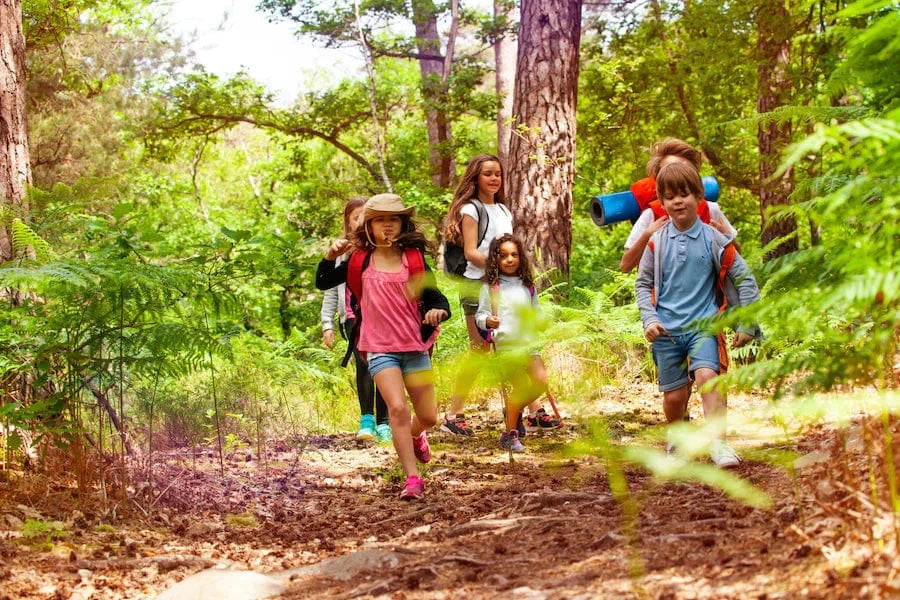
5. Trees Can Improve Children's Attention And Test Scores
Research has shown that stress levels, concentration and intrinsic motivation influence a child's success as a student. Green environments, like trees, are related to reduced symptoms of ADD and ADHD — and studies have shown that children with views of trees are more likely to succeed in school. This can especially help those with information processing issues, behavioral problems and attention deficit/hyperactivity disorder symptoms.

6. Trees Can Help Us Recover From Illness
A view of trees can help hospital patients recover faster by reducing diastolic blood pressure and stress. In fact, studies have found that just 3-5 minutes spent looking at nature can help reduce anger, anxiety and pain, inducing relaxation. And as we know, stress plays a big role in our overall health and healing — and too much of it can weaken our immune system. So it should come as no surprise that time spent immersed in or even just looking at nature can help reduce recovery times for patients.

7. Trees Improve Our Cardiovascular Health
Residents of tree-lined communities feel healthier and have fewer cardio-metabolic conditions than those that live in less green areas. Among other factors, this can be attributed to the stress-relieving properties of trees — and the fact that regularly seeing them tends to encourage more regular physical activity in the great outdoors. All of which helps to keep our hearts healthy and strong.

8. Trees Improve Our Cognition
The presence of trees can help people with neurodegenerative diseases. Research into the link between nature and dementia are still at their early stages but the results are promising: during a 10-week woodland activity program for patients with early stage dementia, woodlands were found to promote mental wellbeing and provide a meaningful, purposeful sensory experience. These experiences not only improved spatial awareness, but also helped patients regain a sense of self.
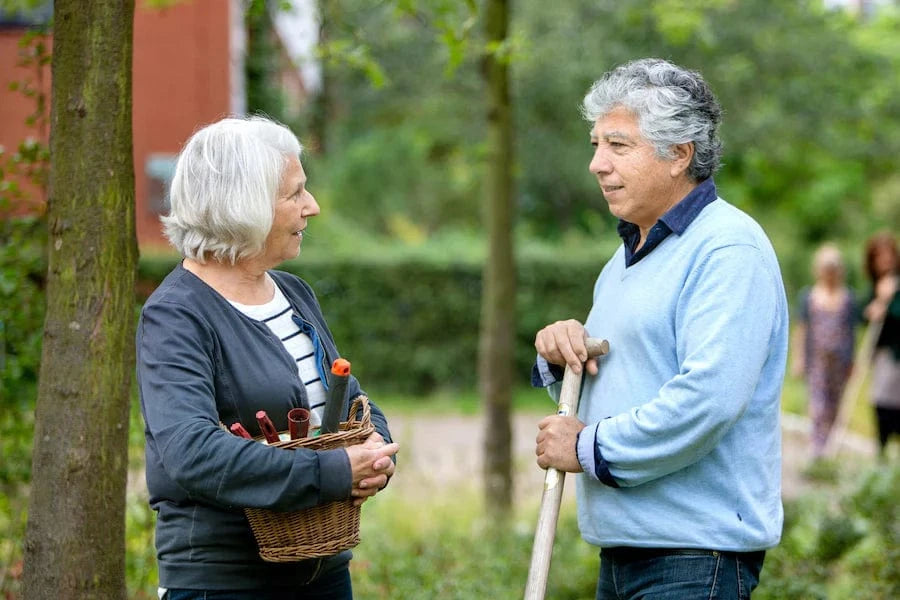
9. Trees Reduce Violent Crime
Well-maintained neighborhood and street trees are associated with improving the social capital and ecology of communities, reducing violence and aggression in households and limiting criminal activity in neighborhoods. In one study, they found that when Ash Trees died off in Cincinnati, Ohio (due to the emerald ash borer) crime increased across the city.
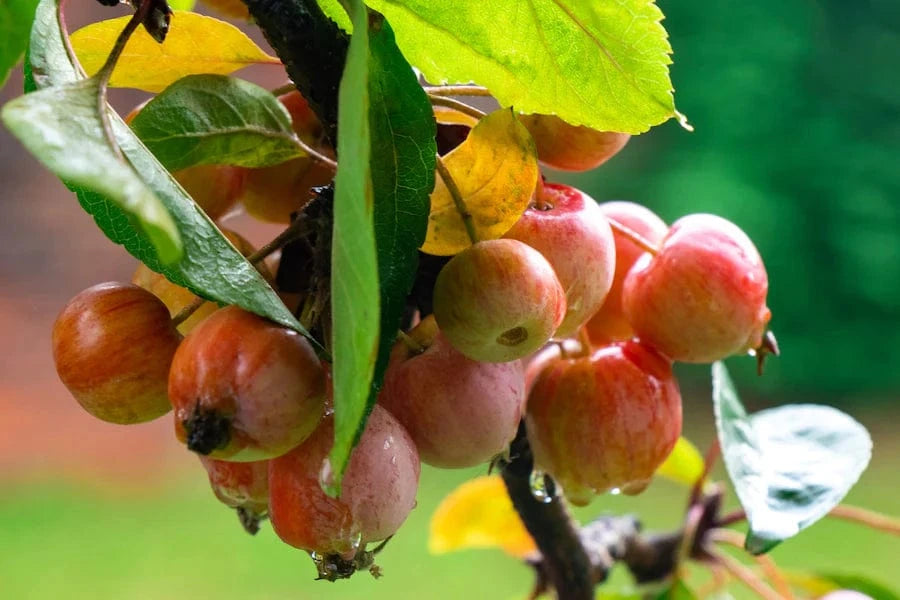
10. Trees Provide A Nutritious Food Source
The idea that trees can improve food security and promote well-being is nothing new. Well planned urban orchards (or urban food forestry) can be an efficient way to provide free or low-cost, nutrient-dense food to people who need it. In New York City, 88% of the street trees grow medicine and food for city residents.

11. Trees can help reduce our exposure to water-borne pollutants
Stormwater runoff can increase people’s exposure to pollution, but trees intercept and filter stormwater, improving the water quality of runoff. With less contact with pavement, stormwater that has been absorbed and released by trees is cooler and has fewer pollutants when it enters local waterways.

12. Trees Boost Our Immune Systems
Not only do trees absorb harmful chemicals, they also release beneficial ones. In studies of participants who been exposed to phytoncides (chemicals released by trees and plants), their immune systems benefited. In particular, the study observed an increase in natural killer cells (cells of the innate immune system).
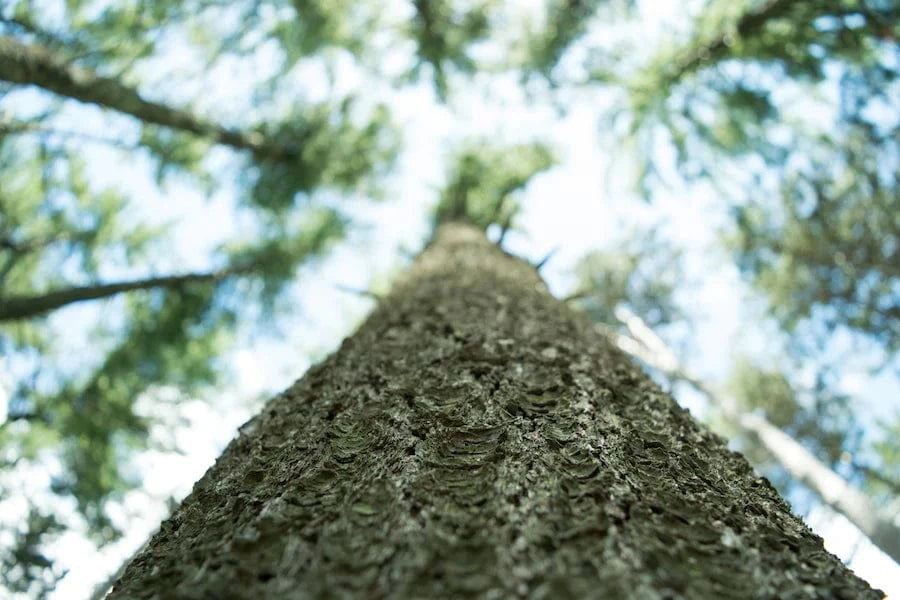
13. Trees Can Help Prevent Cancer
Since Natural Killer cells can kill tumor cells by releasing anticancer proteins, and forest bathing boosts our immune systems, forest visits may have a preventive effect on cancer generation and development.
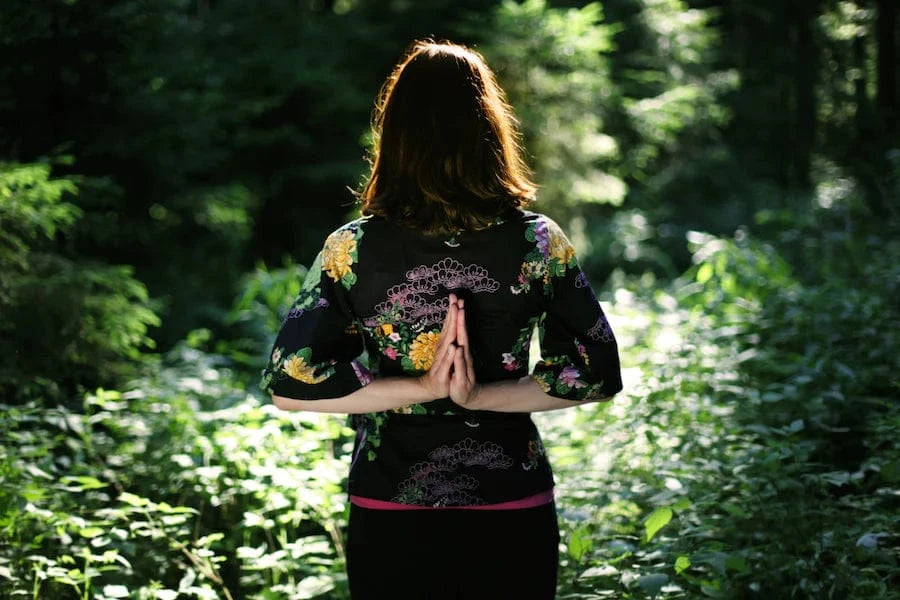
14. Trees Help Reduce Stress
Studies have shown that when we’re exposed to nature, even for just a short time, our parasympathetic nervous system gradually takes control, lowering our blood pressure, pulse rate, inflammation, and cortisol levels and elevating our moods. As a result, we can experience increased vigor and decreased depression, anxiety, fatigue, and mental fog. Simply put: forests help us stay happy, relaxed, and well.
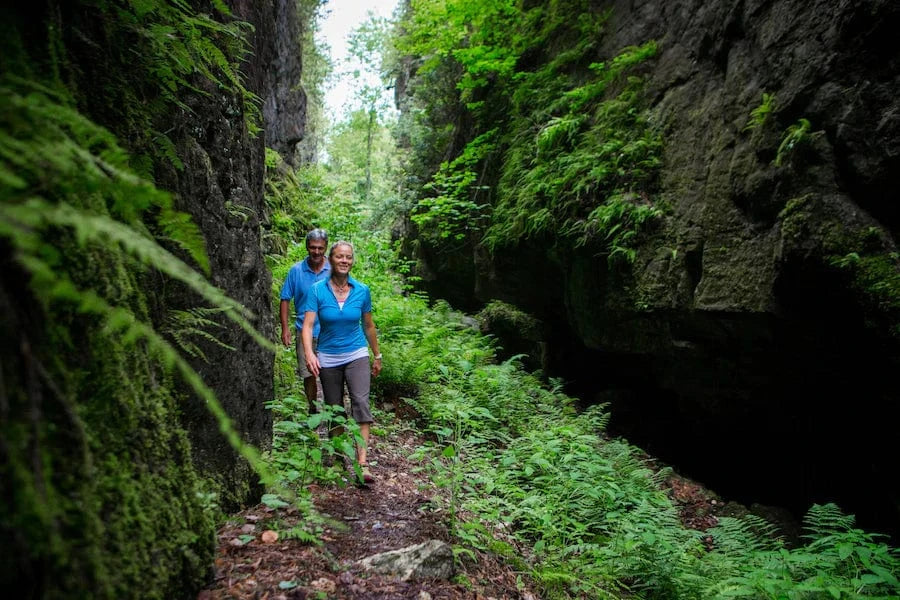
15. Forest Bathing Is Powerful Preventative Medicine
An estimated 1 in 5 patients consult their GP for problems that traditional medical interventions and treatments can’t help. With all of its well-documented benefits, forest bathing could be used as preventative medicine and may become more popular as a non-clinical activity to improve wellbeing.
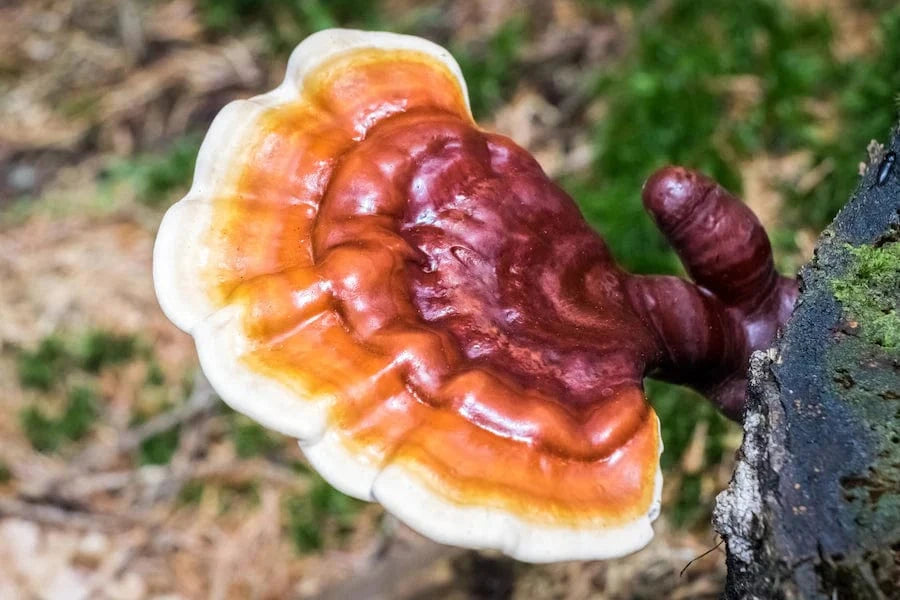
16. Forests Provide Powerful Medicine
Humans have been enjoying the medicinal benefits of trees for thousands of years — and with good reason. Forests provide a rich reserve of compounds that are key ingredients in 25% of all medicines. Tree and plant extracts contain a variety of bioactive compounds that help with everything from managing pain to staunching bleeding, sterilizing wounds, strengthening our immune systems, soothing our nervous systems and more.
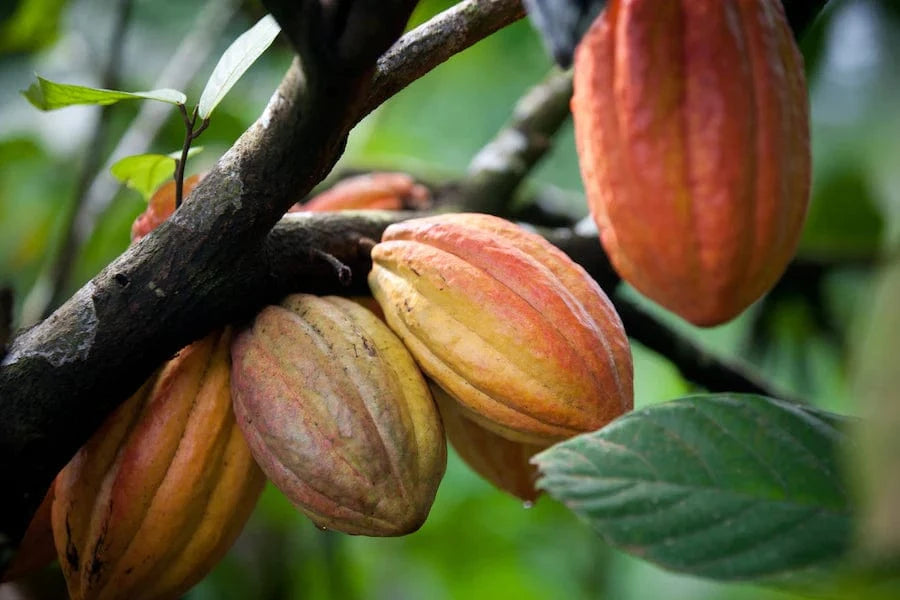
17. Forest Foods Combat Malnutrition
Forest biodiversity helps to combat malnutrition and disease within vulnerable populations across the globe. Forest food, including fruits and nuts, wild leaves, palms, wild roots and tubers, mushrooms and insects, provide a safety net in lean times. Forest food can also add nutrients that people might not otherwise get — and may help them survive in times of environmental or geopolitical instability like war, famine or drought.
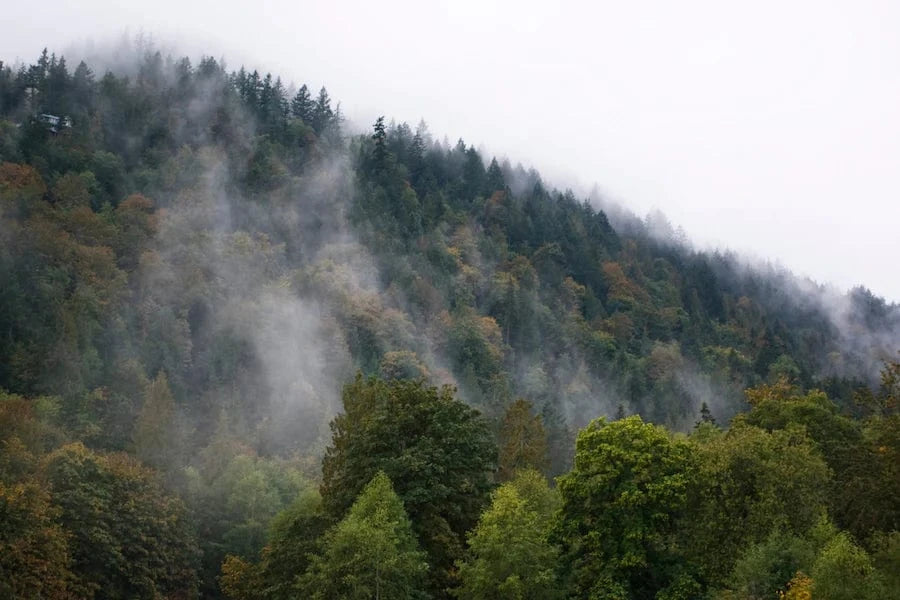
18. Forests Release Medicinal Aerosols
As you walk through the trees, especially in an old-growth forest, you are immersed in an air bath of natural forest biochemicals released as a fine aerosol mist. Tree aerosols have anti-cancer properties, improve circulation and decrease high blood pressure. They also have antibiotic, antifungal and anti-rheumatic effects. Some tree aerosols suppress the flow of the stress hormone cortisol, which can reduce anxiety and boost our immune systems.
As you can see, trees play a vital role both globally for the health of the planet and on an individual level through the direct health benefits they provide. Want to help? Plant a tree today!

Get news, updates, & event Info delivered right to your inbox:
Meaghan Weeden
Meaghan works to share our story far and wide, manages our blog calendar, coordinates with the team on projects + campaigns, and ensures our brand voice is reflected across channels. With a background in communications and an education in environmental conservation, she is passionate about leveraging her creativity to help the environment!
Related Posts
Good News! 6 Positive Environmental Stories from April 2024
25/04/2024 by Gabrielle Clawson
8 Reasons to Plant Trees in Cities
23/04/2024 by One Tree Planted
Planting Trees in Mexico for Monarch Butterfly Habitat
18/04/2024 by Meaghan Weeden
Popular On One Tree Planted
5 Causes of Deforestation
15/02/2024 by Meaghan Weeden
Inspirational Quotes About Trees
23/01/2024 by Meaghan Weeden
How to Reduce Waste: 21 Ideas for Zero Waste Living
16/01/2024 by Meaghan Weeden





